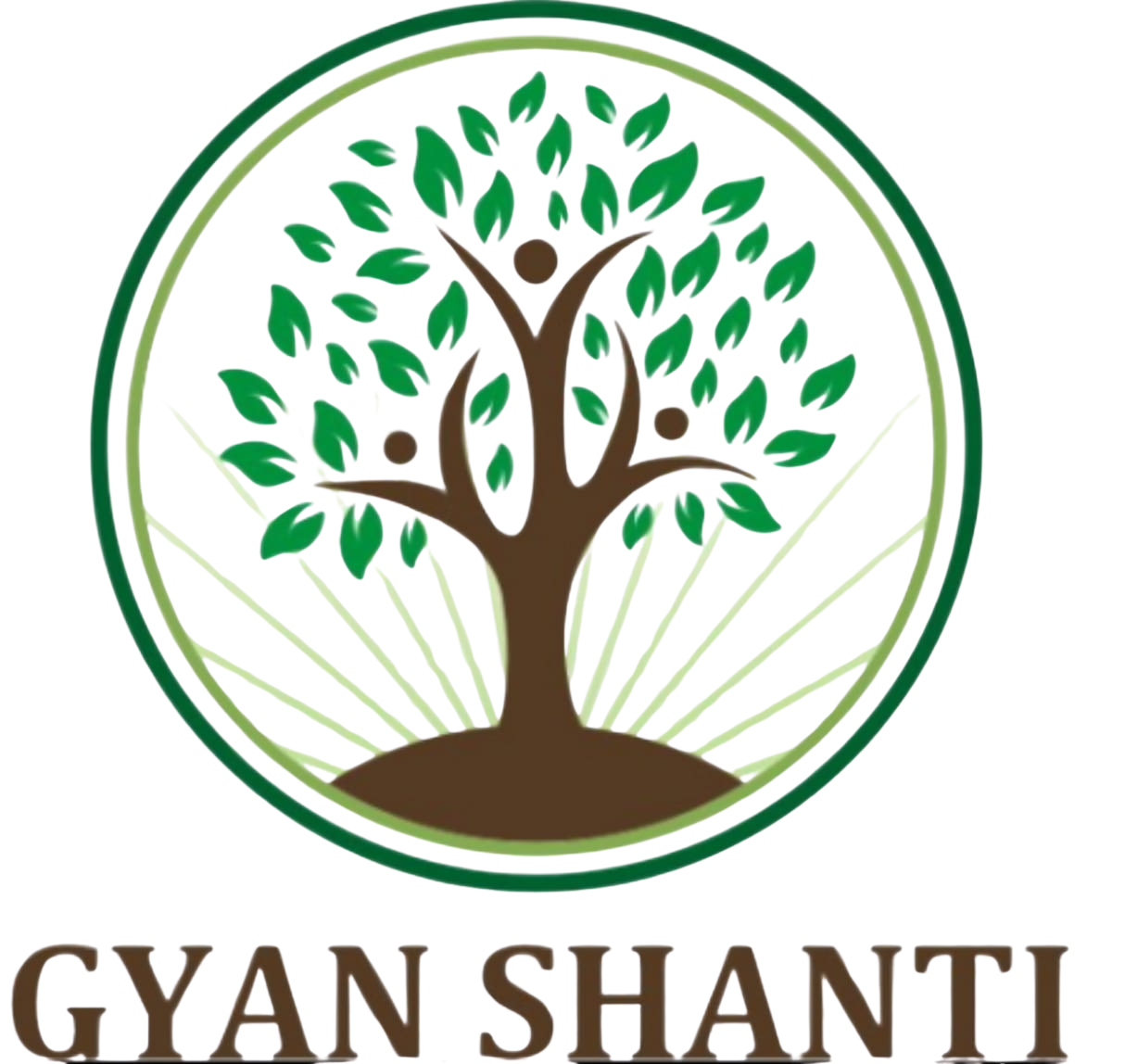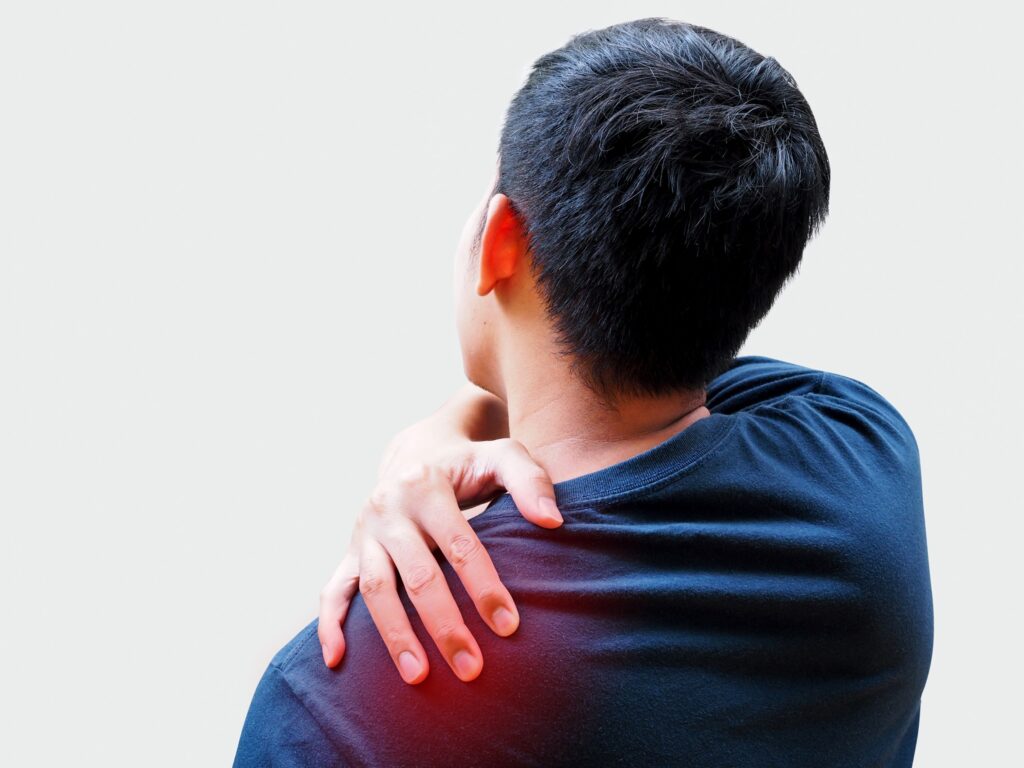Rotator cuff injuries can be painful and disruptive. This guide will help you understand these injuries from identification to treatment. It’s important to know the risks, learn how to conduct simple self-checks, and explore the best rotator cuff injury treatment methods to relieve discomfort and restore shoulder function. Whether you want to reduce pain or just be ready for any surprises your shoulder might have for you, this guide is for you.
Introduction to Rotator Cuff Injuries
The rotator cuff is a group of muscles and tendons in the shoulder. It’s key in allowing you to move your arm around. When injured, simple tasks can become challenging, and ignoring these injuries can affect your health in the long run. In fact, as people age, these injuries become more common. Many folks over 40 might face some rotator cuff tear symptoms without even knowing what they are. Still, understanding how to identify these symptoms is essential for maintaining a healthy shoulder.
Unveiling the Rotator Cuff Anatomy
The rotator cuff comprises four small muscles and tendons that keep the shoulder stable. These help raise and rotate your arm. When you think of rotator cuff injuries, common causes include getting older, repetitive motions, and sudden impacts on the shoulder. Overusing your shoulder, especially in activities like painting or tennis, increases the likelihood of a strain or tear. Knowing how your shoulder works may help identify when something’s off and recognize those rotator cuff tear symptoms sooner.
Types of Rotator Cuff Injuries
The term rotator cuff injuries covers quite a range, from swelling known as tendinopathy to actual tears. With aging, tendons become weaker, increasing the chances of a tear. A “partial tear” means not all of the tendon is separated, whereas a complete one means the tendon is fully torn. Each has its own set of symptoms and requires specific approaches for rotator cuff injury treatment.
Recognizing Rotator Cuff Tear Symptoms
Pain is the most evident among rotator cuff tear symptoms. Pains can be dull and persistent or sharp and surprising, often occurring during or following an activity. Other signs include:
- Weakness when raising an arm
- Hearing crackling sounds, especially when moving the shoulder
- Difficulty lifting or rotating the arm above shoulder height
Rotator cuff tear symptoms can be divided into acute, happening right after an injury, and chronic, developing over time. Some folks might not even notice any pain initially. Detecting these symptoms early prevents further damage.
Identifying Risk Factors for Rotator Cuff Injuries
Several factors make you more prone to rotator cuff injuries:
- Age can naturally weaken tendons
- Repeating similar overhead tasks increases risk
- Sports like swimming or baseball put strain on shoulders
Previously injured shoulders are at a higher risk for future injuries. Knowing these risks allows you to take precautions to avoid them.
Step-by-Step Self-Checks for Early Detection
Performing regular self-checks can spot early signs before they worsen. Here’s how:
- Check both shoulders for differences in strength.
- Slowly move and rotate your arms to spot pain or weakness.
- Note any odd sounds, like clicking or popping.
Being proactive about rotator cuff injuries can lead to quicker healing and a better understanding of your shoulder’s health.
Diagnosing Rotator Cuff Injuries
When should you see a healthcare professional? If pain persists, it’s time. They’ll do physical exams and might recommend imaging tests like X-rays or MRIs to see inside your shoulder. These tests confirm any rotator cuff tear symptoms or other issues, helping tailor the correct rotator cuff injury treatment.
Non-Surgical Rotator Cuff Injury Treatment Options
Many rotator cuff injuries don’t need surgery. Here are some common treatments:
- Resting the shoulder and applying ice can reduce swelling.
- Over-the-counter meds may relieve pain.
- Physical therapists provide exercises to improve shoulder motion.
Sleep positions also matter for a quick recovery. Tuck a pillow under your arm for support.
Exploring Medical Interventions for Serious Cases
In some cases, more advanced treatments may be necessary:
- Doctors might suggest corticosteroid injections to reduce inflammation.
- Platelet-rich plasma (PRP) therapy can work well by promoting healing.
- Stem cell treatments show promise in repairing tendons.
Surgery can be an option for severe tears. The type of procedure depends on the tear’s severity and the individual’s activity level before the injury.
Rehabilitation and Recovery Journey
Rehabilitation is a significant part of recovering from rotator cuff injuries. Over weeks or months:
- Start with simple range-of-motion exercises
- Gradually incorporate strengthening exercises
- Practice daily activities to return to normalcy
Recovery timelines differ, but consistency in following rehab routines is key to regaining full shoulder function.
Prevention Tips for Rotator Cuff Injuries
Avoiding rotator cuff injuries is better than treating them:
- Always warm up before physical activities
- Perform exercises centered on shoulder stability
- Adjust sports techniques to ease shoulder strain
- Evaluate workplace ergonomics for repetitive tasks
Preventative measures minimize stress on the shoulder and protect against injury.
Living with and Managing Rotator Cuff Injuries
For some, living with these injuries involves adaptation:
- Using assistive devices can ease everyday tasks
- Strategies like pacing activities reduce strain
- Consider mental health support; chronic pain can weigh heavy over time
Long-term management ensures life goes on smoothly despite rotator cuff injuries.
Conclusion
Don’t Let Shoulder Pain Hold You Back!
Rotator cuff injuries can limit mobility and cause chronic discomfort if left untreated. Early diagnosis and proper care are essential for recovery. Stay proactive about your shoulder health.
Consult the experts at Gyan Shanti Orthopedic & Multispecialty Hospital today for personalized treatment and regain your mobility!


